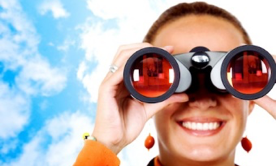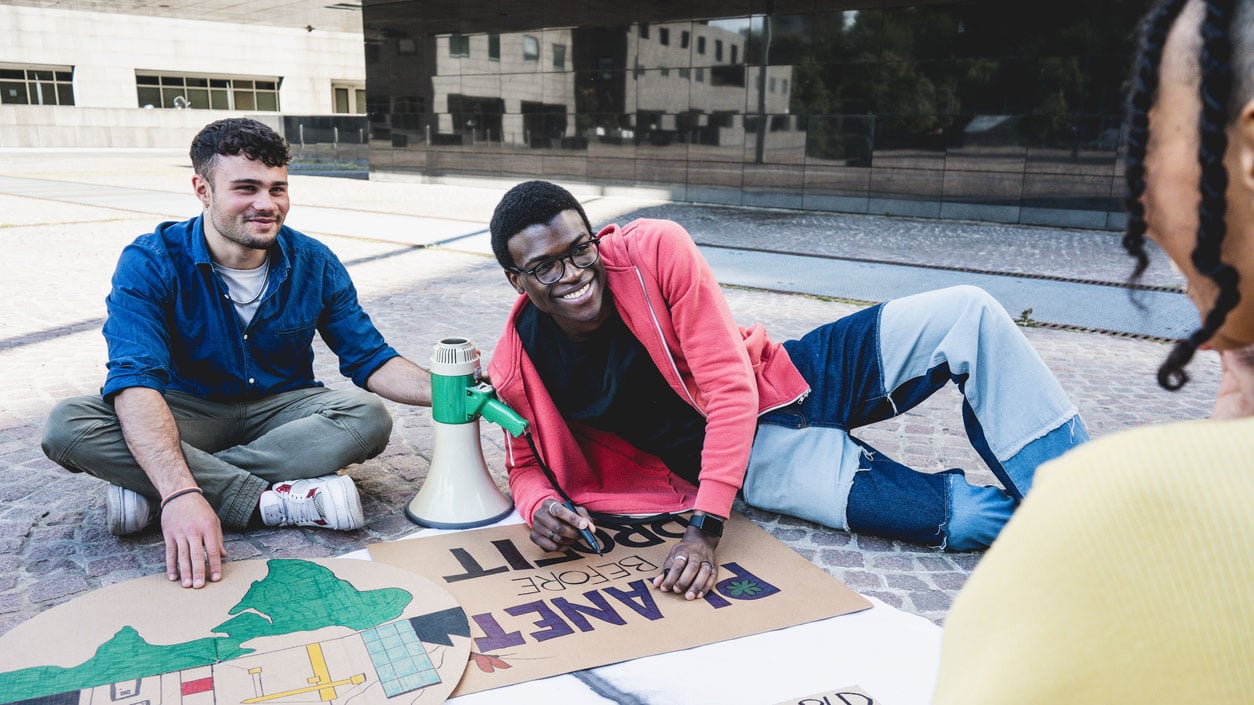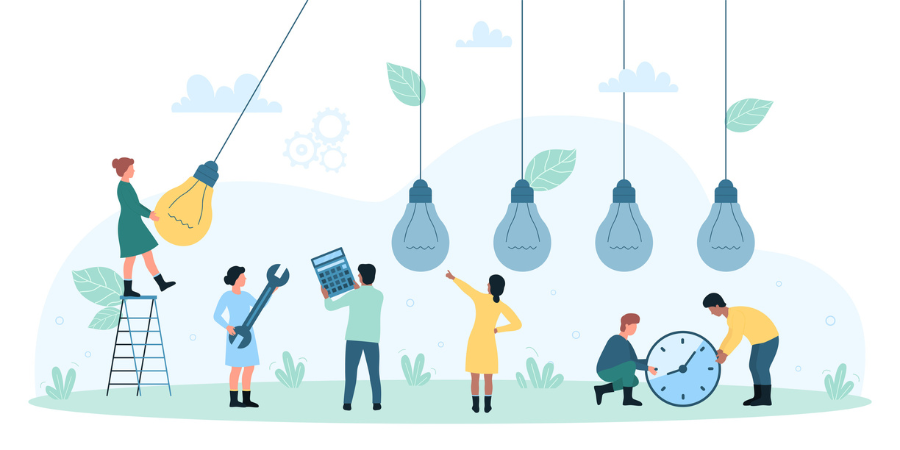 Hardly a day goes by without my adding a number of smileys to my emails or texts. In fact, here’s one now :) . Why? Well they are so expressive; so much better than LOL or BTW or FYI. So with one small icon, I seem to be able to convey information and feeling.
Hardly a day goes by without my adding a number of smileys to my emails or texts. In fact, here’s one now :) . Why? Well they are so expressive; so much better than LOL or BTW or FYI. So with one small icon, I seem to be able to convey information and feeling.
Icons are being used increasingly to shorten the written word, to liven it up, or to by-pass it. When you go on a website, what do you see? Lots of icons in place of words. They don’t take up much space, and if the icon’s relevant (and not just there for decoration), you immediately ‘get it’. They’re great sign posts and way finders. You get a heads-up of what the text that’s connected to the icon is about. And you get the message quickly and hey, we’re in an instant culture. We need to be able to scan and move on, if the item doesn’t seem of interest, and to hone in on the content that catches our eye.
That’s the power of images and that’s why we use them, not only for PR and marketing but for field work reviews and strategic planning.
Work in community change is complex. There are so many factors that help or hinder change; so many dynamics at work. It’s hard to keep track of them all, and even harder to communicate this to others who are less familiar with your project than you are!
Our experience shows us time and again, that simply talking about a problem or barrier, isn’t really sufficient. Why? Because people start the discussion, not only from different standpoints (that’s natural) but also from different understandings of what they’re trying to achieve collectively. Often what people bring to the table is their emotion, how they feel about someone or something. When this happens, the topic under discussion largely gets buried in the to-ing and fro-ing of agreements or disagreements about what the last person just said.
At other times we turn to evaluation reports to help us get to grips with progress made. A good idea in principle. But there are some weaknesses:
- The reports tend to be long (few read them in full).
- They take a long time to produce and therefore by the time they are published, often the points made are no longer relevant (the project’s moved on).
- The reports are done by an external team. Nothing wrong in that but it often leaves those who are accountable for the delivery feeling disengaged and sometimes worse than that, undermined.
- The process is costly and therefore can’t be done very often.
The upshot of this is that all the hard work that went into the evaluation dissipates and those who are left grappling with a mixed bag of operational and strategic conundrums are no further forward.
So neither ‘the in-depth review meetings’ nor the evaluation reports offer enough to those accountable to take practical steps to address questions such as:
- Why are we peddling at full speed but not making the progress we feel we should?
- What’s causing hold-ups in our project?
- How can we turn this juggernaut around?
- Why aren’t x and y involved?
We experienced this dilemma in our work and so we set about creating a set of easy to use, interactive tools to help those engaged in a project get on the same page pretty quickly. And because the tools are interactive, participants see their responses visually, during the meeting, in real time. Within a couple of hours or so, they can get quite a detailed picture of where they, and their project, are at.
We also felt it was important to be able to track process, so we’ve built in the ability to repeat the exercise a number of times. Again the results are visual.
We find that this approach bridges a gap in improving both operational and strategic look forwards. They don’t replace review meetings or external evaluations, rather they enhance them. Indeed, we use them as a tool as part of both of these. They provide a way for participants and stakeholders in a project to ‘get under the skin’ of what people say, feel, and do.
If you saw the film, The Graduate, you might remember that Ben’s parents host a party for him to celebrate his graduation. Ben didn’t want this party, and had no idea what he wanted to do with his life. Of course, there was no shortage of people wanting to give him advice, and ‘help’ him along his way. One great line that has stuck in my mind all these years is this. One of his parents’ friends offers Ben some unsolicited advice. “Ben”, he said, “Plastics. There’s a great future in plastics.”
So I guess, what I wanted to say to you is: “There’s a great future in hieroglyphics.” If you want to know more about our inter-active tools, just drop me a line. I’ll be pleased to help :)
Learn More
- Visit our tools page on the Bridge to the Future
- Contact Erica Dyson at ericadyson@gmail.com.





